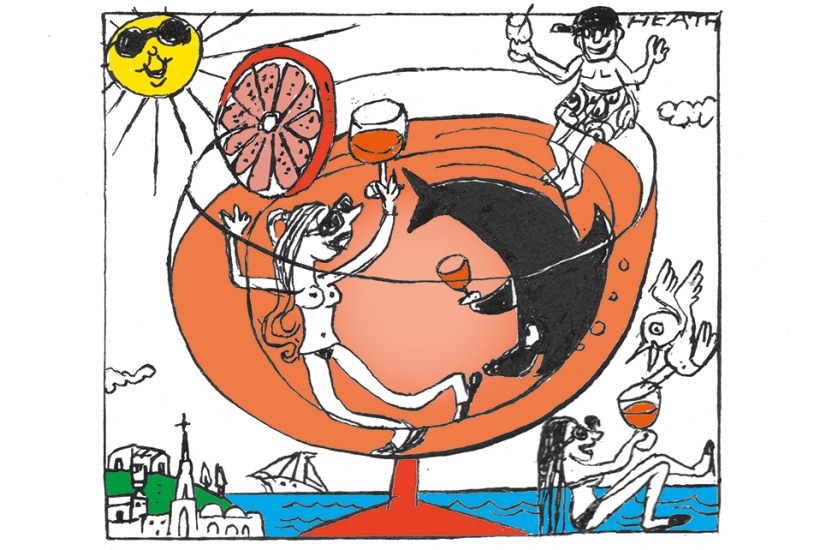I’m in Tuscany, where the piazzas glow orange at dusk, not only from the sunsets but also from the profusion of Aperol spritz. The bright orange drink has exploded in popularity in the past five years. Everyone’s drinking it: young women, middle-aged couples, groups of wrinkly tanned men, all sucking from straws sticking out of vast wine glasses loaded with ice cubes that give the illusion that there’s more liquid than there is in the famous 3-2-1 formula: three parts prosecco (equating to just one-tenth of a bottle), two parts Aperol and one part soda water, plus the obligatory orange...
Already a subscriber? Log in
Subscribe for just $2 a week
Try a month of The Spectator Australia absolutely free and without commitment. Not only that but – if you choose to continue – you’ll pay just $2 a week for your first year.
- Unlimited access to spectator.com.au and app
- The weekly edition on the Spectator Australia app
- Spectator podcasts and newsletters
- Full access to spectator.co.uk
Unlock this article
You might disagree with half of it, but you’ll enjoy reading all of it. Try your first month for free, then just $2 a week for the remainder of your first year.








Comments
Don't miss out
Join the conversation with other Spectator Australia readers. Subscribe to leave a comment.
SUBSCRIBEAlready a subscriber? Log in